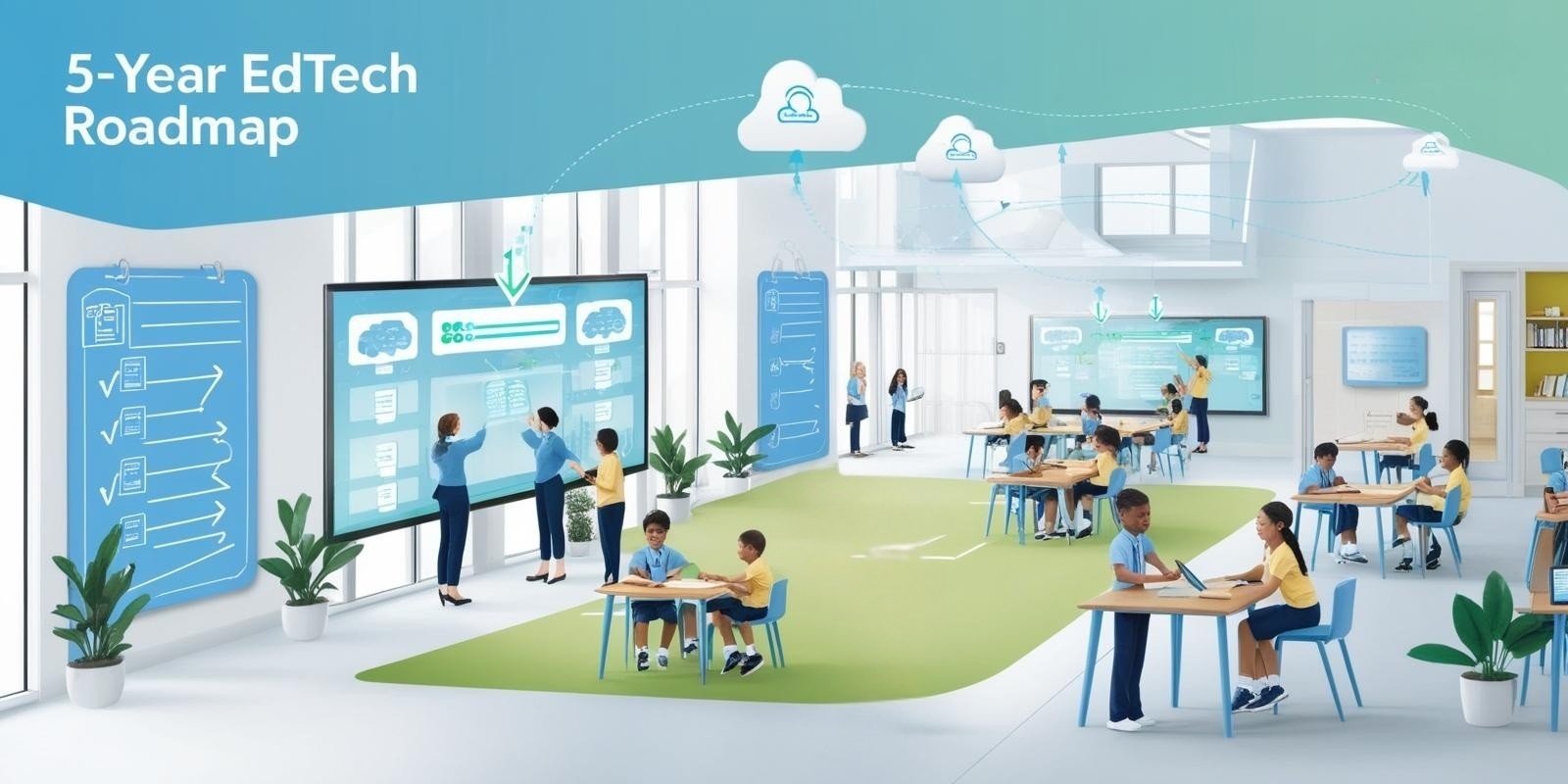5 Steps to engage your Students more effectively.

We can design learning experiences that offer all students, shy or outgoing, more opportunities to be engaged and curious in the classroom and take control of their learning. Below are five strategies that encourage inquiry-based learning and provide ways for all students to be actively involved in the classroom and throughout a unit of study.
1. Start with What Students Know
When starting a new unit, ask students to think about the topic or refer them to a reference link about the upcoming lesson and have them share what they already know or their understanding from the shared reference materials. This method encourages students to think more & wider about the lesson topic. Their ideas will lead them to ask questions and become curious about how their co-learners have different views on the lesson topic. This approach puts students in the center of the learning and offers opportunities for every child to feel included. Studies show that people learn better when they’re curious, so use student questions to guide lessons—start where the students show interest and then lead them into the new content.
2. Stop being the expert
Once a question is asked, there are three paths a teacher can take:
1. Ignore the question or tell the student now is not the time.
2. Answer the question as best as you can and keep going with your lesson.
3. Say “I don’t know, but that’s a great question… how can we find out?”
It’s okay not to know the answer! In fact, that can lead to richer, more in-depth and more interesting discussions. When you are not sure of the answer, use it as an opportunity to model curiosity.
Tell your student, you are not sure of the answer and ask for suggestions of how we can find out! They might come up with reading books, watching videos online, using Google, or conducting an experiment to figure out the answer!
Think how much more powerful and lasting this learning will be when the students take ownership, and when the whole class is actively engaged in building the knowledge together!
3. Turn a lesson into a project (or project-based learning opportunity)
Often, we feel that every lesson we do has to have a ‘point’ or something concrete that the children created or learned or accomplished. We want to be able to say, ‘Here is what I taught them today. Here is something we can show the parents. Here is a lesson I can check off the list.’
The truth is, real learning takes time, and experiences that gradually build on each other over time can create investment, interest, and understanding that is impossible to create in a one-day lesson.
Creating a whole project might sound intimidating at first, but teachers actually find that a project-based mindset takes a lot of pressure off, gives them room to explore children’s interests and use their questions as springboards for exploration while still meeting your requirements and objectives.
Let’s say As a Teacher, you would like to discuss Vegetables and you want to talk about Pumpkin. One lesson on pumpkins can become a week-long of science and math activities where children explore the pumpkins first, cut them open and observe the insides, compare them to other fruits and vegetables, measure their size, circumference and weight, and then generate some questions that lead to an ongoing experiment.
What else do we want to know about pumpkins? Maybe one child wants to know what happens if we leave it out – will it rot? How long will it take? Another might wonder how a pumpkin becomes pumpkin pie. A third might ask about where, or how, pumpkins grow.
As the teacher, you can then take that curiosity and pick a question to investigate, teach children how to find answers using books or technology, and, most importantly, show them that their questions can lead to experiments and explorations and new knowledge!
4. Have a (good) plan for questions
Step 1 is to create a classroom environment where great questions are welcomed. However, if we allow every question to lead to a new discussion or investigation at that moment, we will never finish any lesson we start.
This is why it’s important to have a question action plan or a system in your classroom for how questions are handled. Depending on when the question is asked, answering it or starting a conversation might work just fine.
However, what about questions that are on topic, but would take longer to answer fully? How about questions that would take the lesson too far off course to be addressed at the moment? To empower children and send the message that questions are important, we want to think about where these questions fit in, when they are answered, and by whom.
In an inquiry-driven classroom, questions drive the learning, and students drive the questions.
5. Create a “Question Wall.”
One way to accomplish this is to help students create a space, where they can put their questions without any hesitation.
A Question Wall is a great space to “park” questions, but it is only great if children know that there is a set time and procedure for when those questions will be reviewed. Perhaps you pick 1-2 questions to answer during the morning circle.
Perhaps you review them yourself during independent work time and then raffle off who gets to find the answer of the computer.
Create a consistent system that works for you and your classroom, and make it a regular part of the routine so that questions are a vehicle for, not a distraction from, learning.
To learn more on effective methodologies on Online Teaching & Learning click here to speak with our Certified Educators.
.png?width=1322&height=350&name=C3ITXperts-logo-R%20(1).png)







